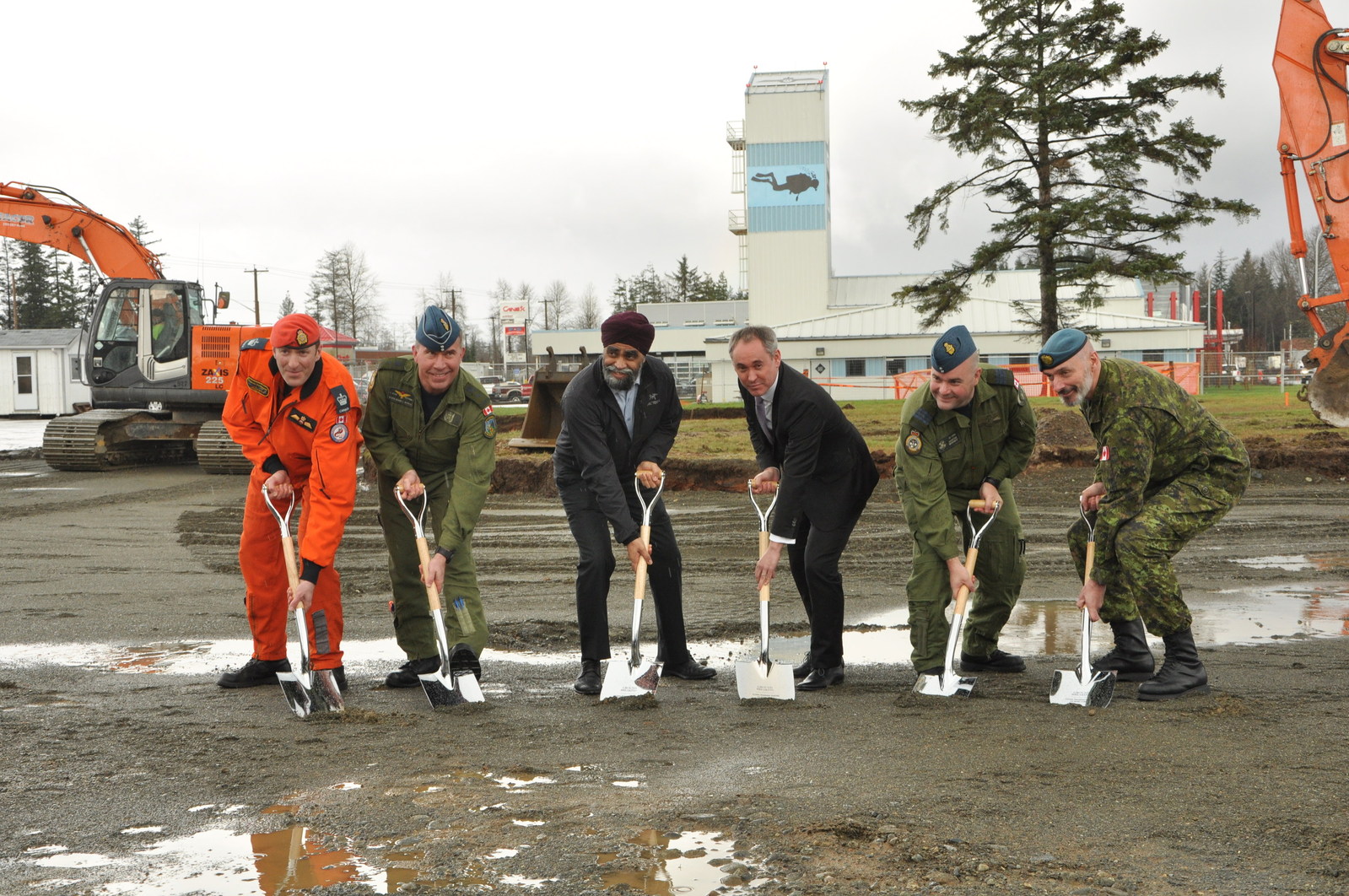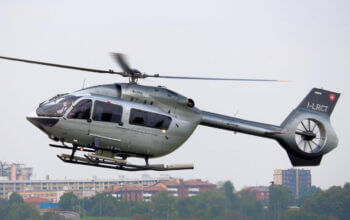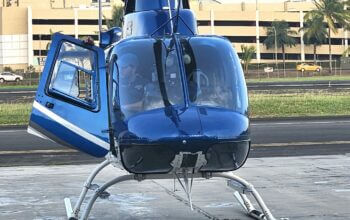Estimated reading time 6 minutes, 5 seconds.
After having celebrated the first anniversary of Canada’s fixed-wing search and rescue (FWSAR) contract award in December, Airbus officially broke ground on a new state-of-the-art training centre for future C295 aircraft crews and technicians at Canadian Forces Base Comox, B.C., on Jan. 25.

The training centre will prepare aircrew and maintenance personnel to operate Canada’s 16 C295s and will house a full flight simulator, a range of procedures trainers, maintenance training devices, and classroom space.
Montreal-based CAE is leading the design and building of the centre under a contract managed by AirPro, a joint venture between Airbus and PAL Aerospace of St John’s, N.L., created to provide long-term FWSAR in-service support.
CFB Comox will serve as the main training centre for C295 crews, with Airbus operating the facility over the 20-year life of the steady-state contract supported by CAE.
Simon Jacques, head of Airbus Defence and Space in Canada said: “Just more than a year into the program we are on schedule and making excellent progress towards the entry into service of the C295 backed by a robust support infrastructure that will serve Canada well for the decades to come.

“This state-of-the-art training facility in Comox will serve as the centre of excellence for training the men and women of the RCAF and prepare them to carry out critical and challenging search and rescue missions.”
Canada will receive the first C295 in late 2019, with remaining aircraft being delivered over the following three years. In addition to training services provided by CAE, Canada’s C295s are powered by engines made by Pratt & Whitney Canada and have electro-optical sensors from L3 Wescam.
Defence Minister Harjit S. Sajjan also toured the future site of the new training centre at 19 Wing in Comox, B.C.
This training centre is expected to create 300 jobs in Canada over the three-year development phase and approximately 50 jobs in the Comox area for the remainder of the contract.
“It is essential that our search and rescue crews have the right facilities in which to develop the skills they need to perform their duties safely and effectively,” said Sajjan.
“The construction of this training centre represents another step forward in a key project, supporting our mission of being strong at home, ready to assist in times of natural disaster, to support search and rescue, and to respond to domestic emergencies.”
“This event is not only about a building, but also about our people,” said LGen Mike Hood, commmander of the Royal Canadian Air Force. “Together we are building the right search and rescue training environment to fully empower our airmen and airwomen to deliver on their critical mission for Canadians–saving lives.”
Quick Facts
- The new training centre will include 10 classrooms, as well as sophisticated training devices such as a full-flight simulator, a cockpit procedure trainer, a sensor station simulator, and an aircraft maintenance trainer. The centre will be used to train both maintenance and flight crews. Simulation training improves efficiency, environmental impact and operations by reducing the need to use operational aircraft for training purposes.
- The initial contract was awarded to Airbus Defence and Space to procure new fixed-wing search and rescue aircraft fleet of 16 C295Ws to replace Canada’s fleets of Buffalo and (legacy) Hercules aircraft in the search and rescue role on Dec. 1, 2016. The contract is for a period of 11 years and is valued at $2.4 billion (plus applicable taxes). It includes six years of acquisition, transition and set-up, construction of a new training centre, and the first five years of maintenance services.
- The contract also includes options to extend the maintenance and support services for an additional 15 years. Should Canada choose to exercise these additional options, the contract value would increase to $4.7 billion (plus applicable taxes).
- The new training centre will conform to the Leadership in Energy and Environmental Design (LEED) silver level, and integrate green building concepts and sustainability into the planning, and design of the building.
- The Canadian Armed Forces has the primary responsibility of providing aeronautical search and rescue services and the Canadian Coast Guard is responsible for maritime search and rescue services. The Canadian Armed Forces is responsible for the effective operation of this coordinated aeronautical and maritime search and rescue services to the Canadian public.
- During the transition to the new search and rescue aircraft, the existing RCAF fleets will continue to be maintained and operated to ensure search and rescue responsibilities.








